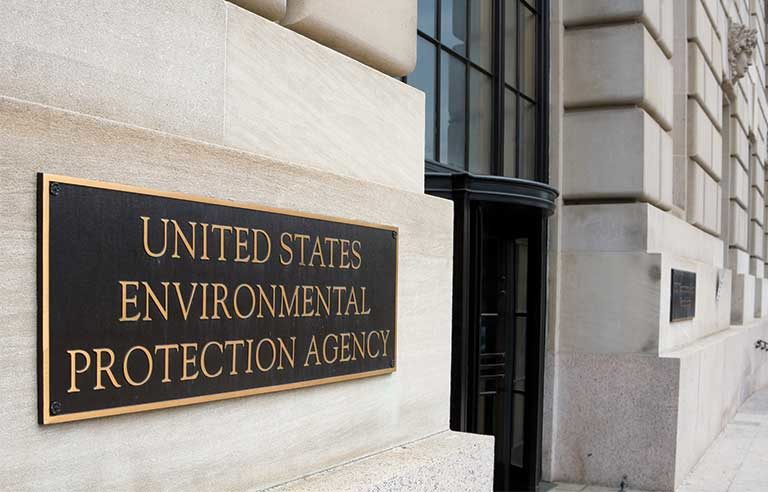EPA reverses finding in revised draft risk evaluation for TSCA chemical, seeks comment

Washington — The Environmental Protection Agency is seeking public comment on a revised draft risk evaluation that states Cyclic Aliphatic Bromide Cluster poses unreasonable risk under certain conditions – a reversal of previous findings that the chemical substance presents no unreasonable risk of injury to humans or the environment, according to a notice published in the Dec. 29 Federal Register.
Among the first 10 chemicals under evaluation for potential health and environmental risks under the Frank R. Lautenberg Chemical Safety for the 21st Century Act, the substance, also known as HBCD, includes a sub-cluster that’s used as a flame retardant in extruded polystyrene foam, textiles, and electrical and electronic appliances.
According to the revised draft, several occupational use scenarios present unreasonable risk, including:
- Importing
- Processing by incorporation into a formulation, mixture or reaction products
- Processing by incorporation into articles
- Recycling of extruded/expanded polystyrene foam, resin and panels containing HBCD
- Commercial or consumer use of HBCD in construction or building materials
- Disposal in construction and demolition waste
Released as a draft in July 2019 and finalized in September 2020, EPA’s initial evaluation of HBCD found that the chemical presents no unreasonable risk to the general population, workers or the environment.
In the notice, the agency says the draft revision “supersedes the condition of use-specific no unreasonable risk determinations in the September 2020 HBCD risk evaluation (and withdraw the associated order) and makes a revised determination of unreasonable risk for HBCD as a whole chemical substance.”
| Sign up for Safety+Health's free monthly email newsletters and get the news that's important to you. |
The revision corresponds with the agency’s summer retooling of the chemical risk evaluation process. In response to various Executive Orders and directives from the Biden administration, EPA in June announced plans to change certain aspects of the process under the Lautenberg Act with the objective of ensuring “the public is protected from unreasonable risks from chemicals in a way that is supported by science and the law.”
Planned actions to that end include using a “whole substance” approach when determining unreasonable risk – rather than basing determinations on separate conditions of use – as well as revisiting the assumption that personal protective equipment is always provided and worn properly by workers when making risk determinations.
The deadline to comment on the revised draft is Feb. 14.
Post a comment to this article
Safety+Health welcomes comments that promote respectful dialogue. Please stay on topic. Comments that contain personal attacks, profanity or abusive language – or those aggressively promoting products or services – will be removed. We reserve the right to determine which comments violate our comment policy. (Anonymous comments are welcome; merely skip the “name” field in the comment box. An email address is required but will not be included with your comment.)

